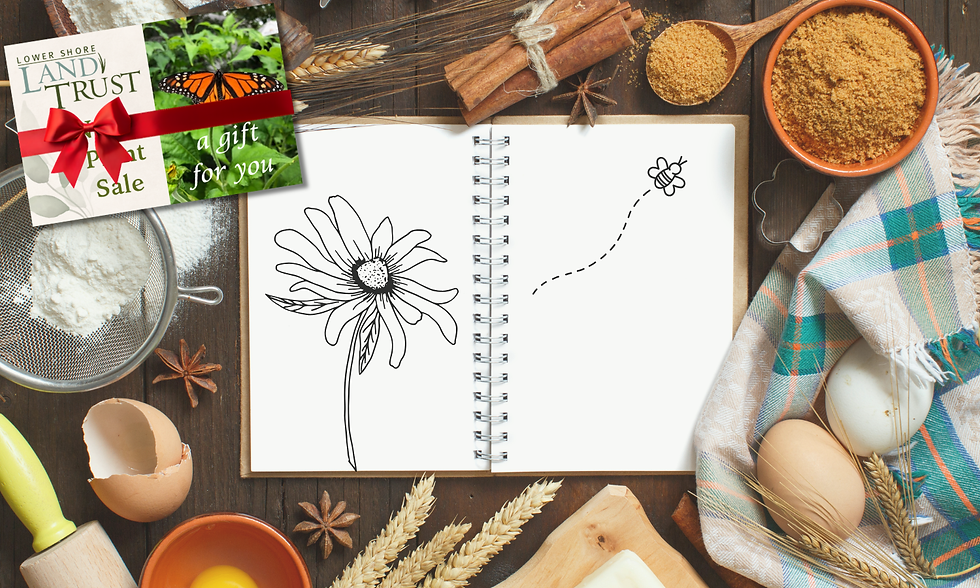Farmers Doing More
- Beth Sheppard

- Jun 16
- 2 min read

Mark Carey
Crop to Grassland – A different type of farming by Mark Carey:
After many hours of deliberation, Mark Carey of Pocomoke decided to partner with Shore Rivers and the Lower Shore Land Trust to install a quail warm season grassland buffer. “Taking cropland that my family had grown agronomic crops on for generations out of production wasn’t something I took lightly,” said Mark Carey. The grassland buffer was installed on his sandy fields in the Dividing Creek watershed known as the Camp Farm. This property was purchased by Mark’s great grandparents in 1943.
When it came to be time to plant the fluffy seed mix, Mark credits his good friend and neighboring farmer, Jimmy Beauchamp, for his “technical assistance and initiative.” The warm season grassland mix wasn’t like anything either of them had previously planted.
To get the mix to flow consistently through the seed drill, Jimmy mixed oats and the fluffy seed mix in a concrete mixer. Following a couple of test runs and adjusting the amount of oats added to the mix, they got the seed mix to flow very smoothly through the drill. The seeding took place on a beautiful April evening with ideal soil conditions.
A crucial role with LSLT restoration projects is having our Restoration Specialist stay in contact with the landowner. Three to 5 weeks after seeding we checked on the germination rate and quality. Mark Carey said, “having been a farmer since I was a young boy, this Spring has been one of the most challenging I can recall.” The unusual cool temperatures, early dry weather followed by recent heavy rain conditions has limited the results he was expecting. But, different from planting a crop of corn or soybeans, grassland conversion is a long range investment benefiting multitudes of wildlife, including songbird, butterfly, and pollinating insect species. The end results are still to come.
Kimber Ward
Poultry Farming Buffers – Replacing tireless grass mowing with Pollinator Habitat:




